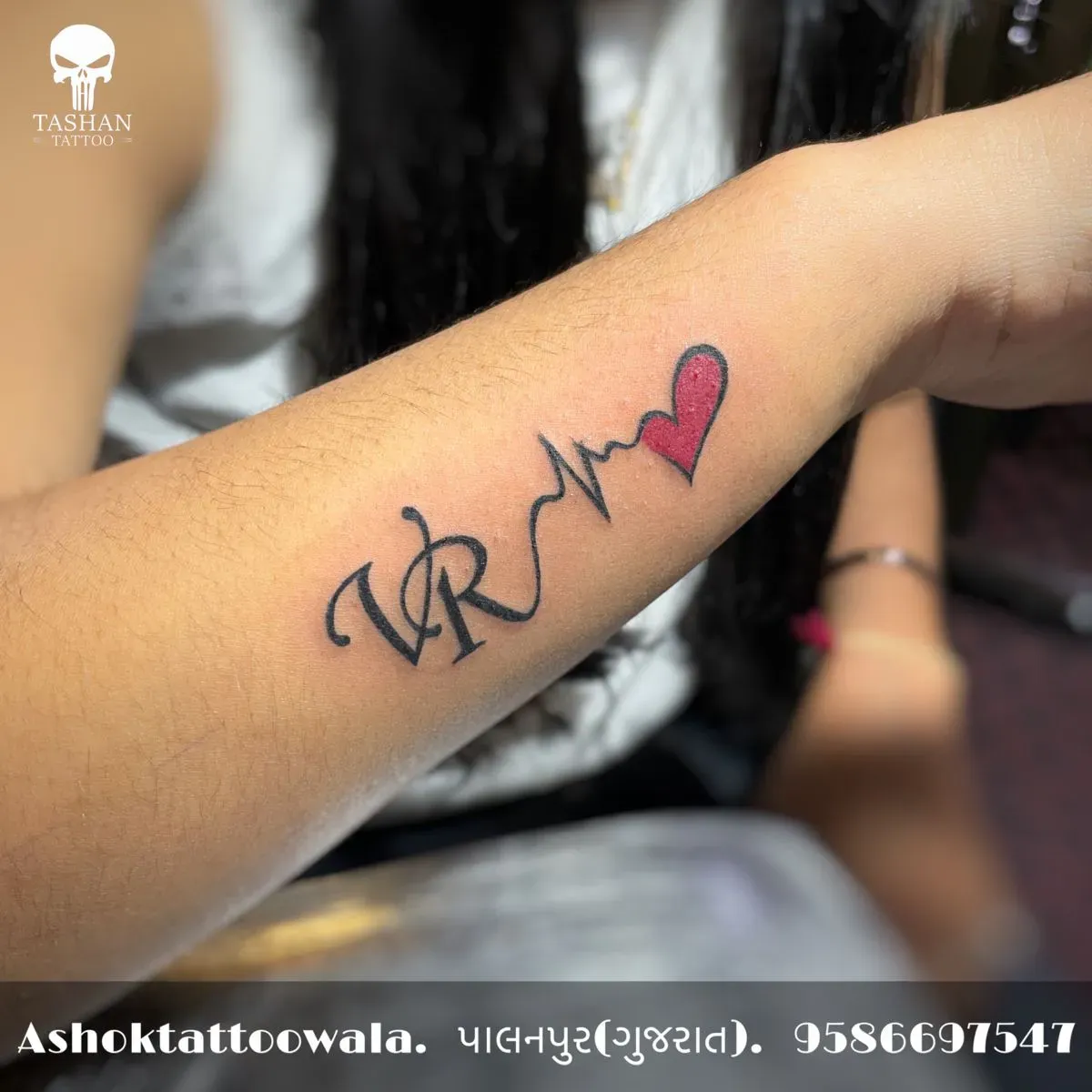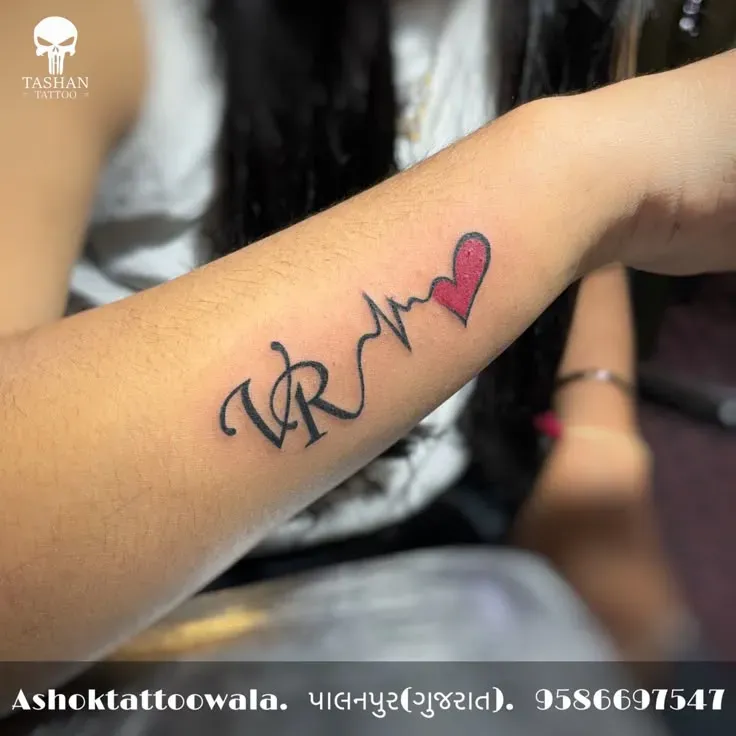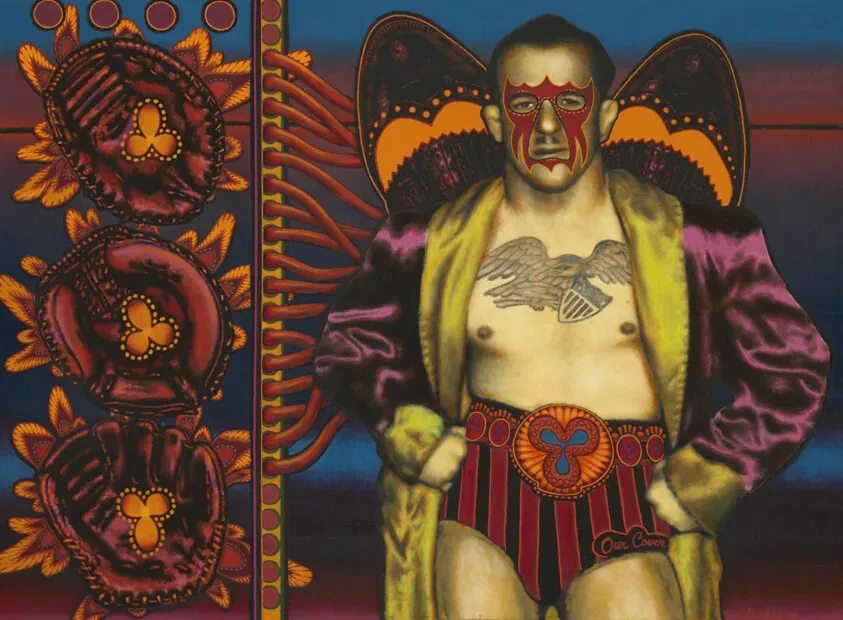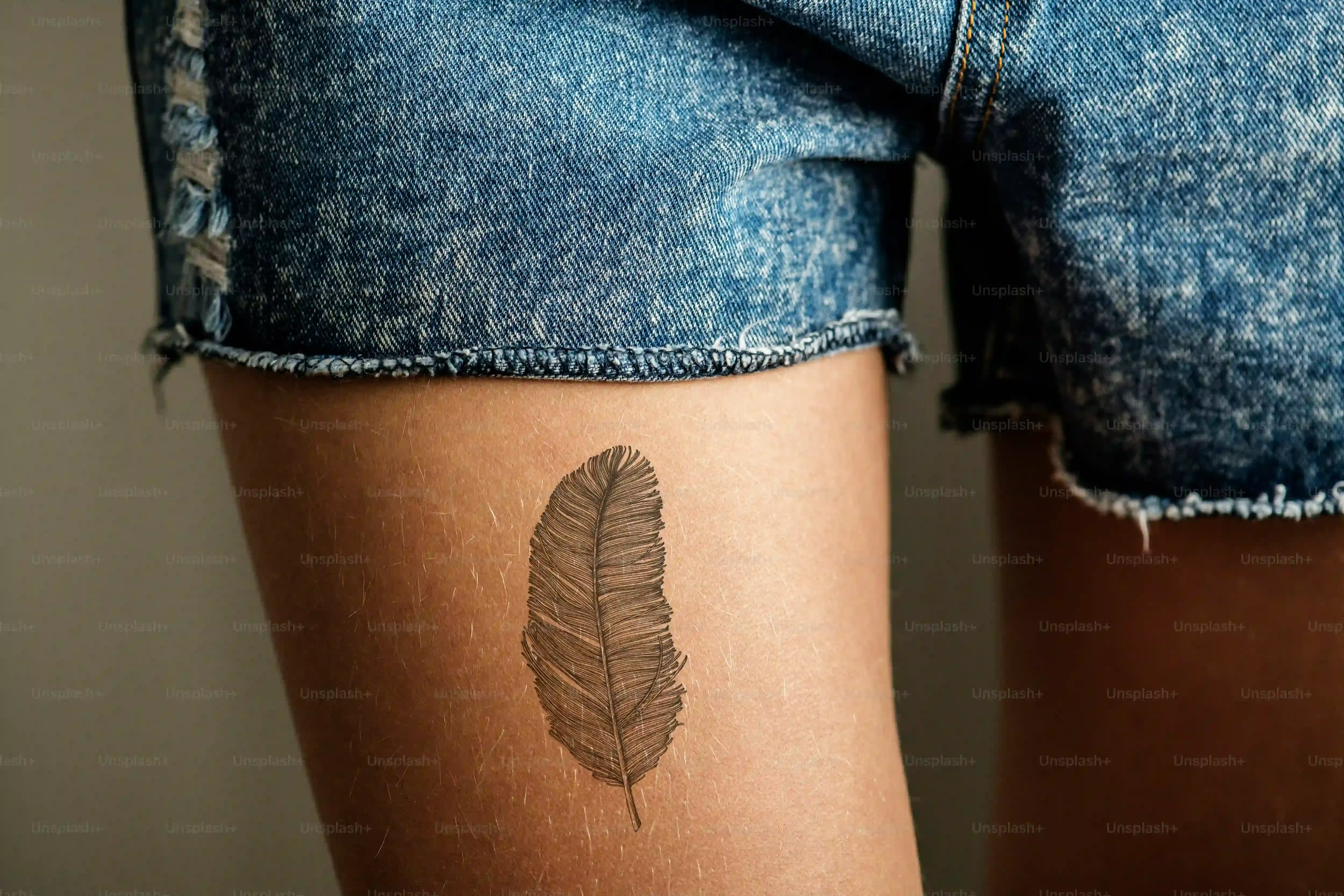Table of Contents
Getting a tattoo feels like a big step. You spend hours scrolling through designs, maybe sketching ideas, or getting poked and prodded with stencils that never quite sit right. You stare in the mirror, trying to imagine this permanent art on your skin, hoping it looks as good in reality as it does in your head. What if you could truly *see* it before the needle even touches you?
Beyond the Stencil: Entering the World of VR Tattoo Design
Beyond the Stencil: Entering the World of VR Tattoo Design
Forget squinting at a flat drawing or trying to tape a paper stencil onto a curved arm. The old way of visualizing a tattoo felt a bit like guesswork, didn't it? You'd see a sketch on paper, maybe a quick Sharpie outline, and just *hope* it translated well onto your skin. This is where the shift towards vr tattoo designs gets interesting. It's like finally putting on glasses after years of blurry vision – you can actually see the piece on your body in three dimensions, walk around it, and check how it flows with your muscles and curves. It’s a fundamental change in the planning process, moving from a static image to an interactive experience that lets you get a real feel for the design before any permanent choices are made.
Crafting Your Ink: How VR Tattoo Designs Take Shape
Crafting Your Ink: How VR Tattoo Designs Take Shape
Bringing the Art into the Digital Space
So, you've got an idea, maybe a sketch, or even a high-resolution image of the artwork you want permanently etched onto your skin. How does that leap into the virtual realm for vr tattoo designs? It typically starts with the artist or a digital designer taking the existing art and prepping it for 3D. This might involve using specialized software to clean up lines, add depth, or even create a 3D model of the design itself, especially for complex pieces. Think of it like taking a flat painting and turning it into a sculpture you can walk around. Some programs allow artists to draw directly in VR, sketching out ideas in three dimensions from the get-go, which is a whole different ballgame than working on paper or a tablet.
Placing and Perfecting on a Virtual Canvas
Once the design is digitized and ready, the real magic happens for vr tattoo designs. You or the artist puts on a VR headset, and suddenly, you're standing next to a realistic model of your own body. The artist can then take the digital design and place it directly onto this virtual skin. They can scale it, rotate it, twist it, and bend it to perfectly match the contours of your arm, leg, back – wherever you plan to get inked. You can walk around the virtual model, crouch down, stand up, and see how the design looks from every possible angle. This interactive placement is crucial because what looks good on a flat sketch can look entirely different wrapped around a bicep or flowing down a spine. It takes the guesswork out of the final placement and lets you make tweaks in real-time.
What does this process often involve?
- Digitizing existing artwork or sketching in VR.
- Using specialized software to prep designs for 3D viewing.
- Loading the design and a 3D body model into a VR environment.
- Placing, scaling, and manipulating the design directly onto the virtual body.
- Client and artist reviewing the placement and flow together in VR.
- Making real-time adjustments based on the virtual visualization.
The Upside and Downside of Using VR for VR Tattoo Designs
The Upside and Downside of Using VR for VR Tattoo Designs
Seeing is Believing (Mostly)
Let's be honest, the biggest win for vr tattoo designs is the visualization aspect. No amount of Photoshopping or careful stencil placement can truly replicate seeing a design wrap around your arm or flow down your back in 3D. You can spin around, check the angles, see how it looks when you flex a muscle. It takes the "hope it looks good" gamble out of the equation. Artists can also use it to show clients how a design works with their body's natural lines, making adjustments on the fly in the virtual space. It’s a powerful tool for managing expectations and ensuring the client walks away with something they genuinely love, because they saw it *on* them first.
Streamlining the Consultation
Think about the traditional consultation process. It can involve multiple back-and-forth emails, printing out different sizes, maybe even a few in-person visits just to get the placement right. VR tattoo designs have the potential to cut a lot of that out. Imagine a client sends over their design idea and a body scan (yeah, that's a thing now). The artist can load it into VR, place the design, and the client can review it remotely, maybe even in a shared virtual space. This saves time for both parties and can make the initial planning phase much more efficient, especially for large or complex pieces that require precise scaling and flow.
What benefits might VR bring to the tattoo process?
- Improved visualization for clients.
- More accurate placement and sizing.
- Reduced need for multiple physical consultations.
- Better communication between artist and client.
- Potential for remote design collaboration.
The Reality Check: Cost and Complexity
Now, before you get too excited about tossing your stencils, there are some significant hurdles for vr tattoo designs. The tech isn't cheap, for starters. A good VR headset costs money, and the specialized software needed to create and manipulate 3D designs in this way adds another layer of expense. Not every artist has the technical skills or the desire to learn complex 3D modeling or VR interfaces. Plus, the process of getting an accurate 3D scan of a client's body isn't exactly standard practice at your local shop. It adds time and complexity to a process that, for many artists, is already about mastering a very physical craft. It's not a simple plug-and-play solution yet.
What's Next for Digital Tattoo Planning?
What's Next for Digital Tattoo Planning?
Making VR More Accessible
Right now, diving into sophisticated vr tattoo designs often feels like you need a degree in computer science or access to a high-end studio. The next logical step is making this tech less clunky and more available. Imagine apps that run on consumer-grade VR headsets or even just your phone, using augmented reality (AR) to project designs onto your skin in real-time. This lowers the barrier for both artists and clients. Artists wouldn't need a massive investment, and clients could play around with placement and size from the comfort of their living room, sending feedback before a formal consultation. It takes the cool factor of virtual visualization and tries to make it practical for the average shop and the average person.
Simulating the Real Deal
Seeing a design in VR is one thing, but how will it *really* look? The next phase in digital tattoo planning needs to tackle realism. We're talking about software that can simulate how ink settles into different skin types, how colors might fade or shift over time, and how the design interacts with scars, moles, or stretch marks. It’s not just about placing a static image; it's about creating a dynamic preview. Developers are likely working on better texture mapping and lighting models within VR environments to get closer to the look of actual ink under various conditions. This level of detail moves beyond just placement and into predicting the final, healed result.
- Improved skin texture mapping in VR.
- Simulating ink aging and fading over time.
- Accounting for individual skin characteristics (scars, tone).
- Better integration with existing digital art tools.
- Creating shared virtual spaces for remote consultations.
Beyond Visualization: The Digital Ecosystem
Digital tattoo planning isn't likely to stop at just better visualization. We might see the rise of integrated platforms where artists can manage clients, share designs securely, handle payments, and even connect with suppliers – all within a digital ecosystem that includes VR or AR previewing. Think about a system where your body scan and design preferences are saved, making it easier for future work or touch-ups. There's also the potential for AI to assist in design generation or suggesting placement based on body anatomy. While the human element of tattooing isn't going anywhere (thankfully, needles haven't been automated yet), the planning and administrative sides are ripe for digital disruption, potentially making the entire process smoother, if a bit less spontaneous.
The Ink Ahead: Wrapping Up VR in Tattooing
So, where does this leave us with vr tattoo designs? It’s not exactly a seamless, widespread revolution yet. We've seen the potential – better visualization, maybe fewer cover-up regrets – but also the clunky hardware, the learning curve, and the simple fact that tattooing is a deeply human, tactile process. While VR offers a cool preview, it doesn't replace the artist's eye or the feel of the needle. It might become a standard tool in some studios, a niche offering in others, or perhaps just another interesting detour on the path of technology meeting art. The idea of truly seeing your tattoo before it's permanent is compelling, but the road from a headset simulation to real skin is still under construction.